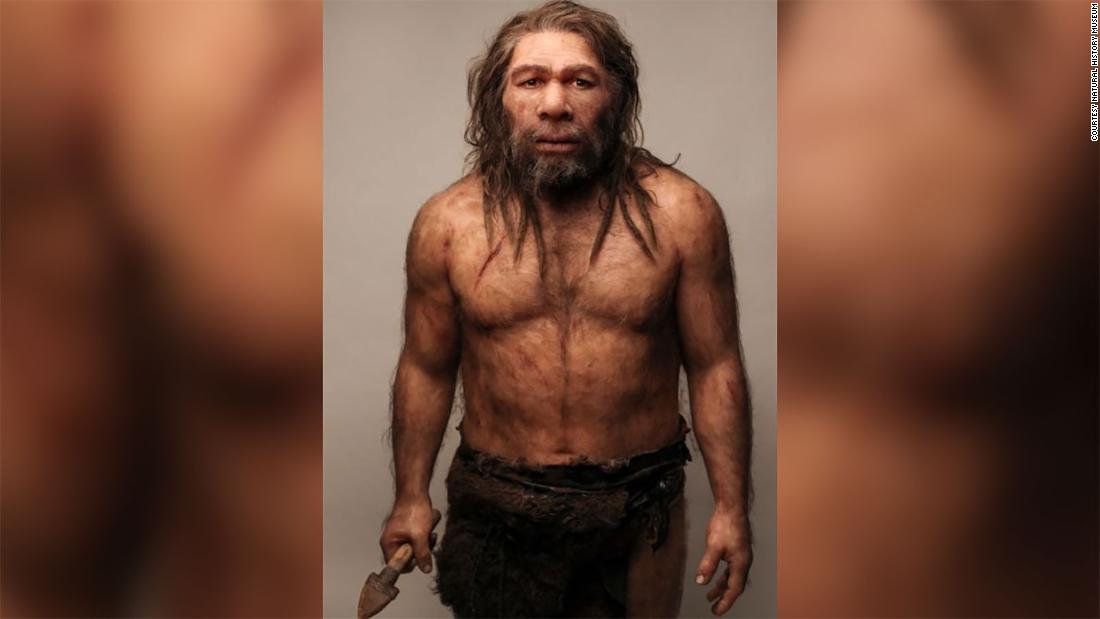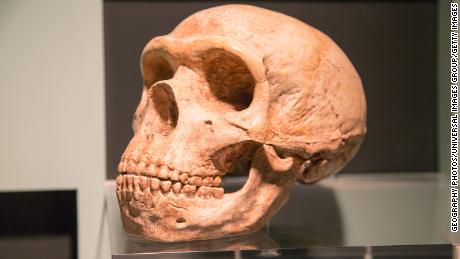Uncategorized
Prehistoric teeth hint at Stone Age sex with Neanderthals – CNN
https://www.cnn.com/2021/02/01/europe/neanderthal-interbreeding-teeth-scn/index.html

During this time, Homo sapiens and Neanderthals encountered each other and sometimes had sex and gave birth to children. The evidence is buried within our genes, DNA analysis has shown, with most Europeans having around 2% Neanderthal DNA in their genomes from this ancient interbreeding.
However, there has been relatively little direct physical evidence of these encounters and fossilized bones. Skeletons that have been found haven’t offered definitive proof.
Now, a new analysis of 11 teeth found in a cave in Jersey, an island in the English Channel, has suggested that some of them could have belonged to individuals that had mixed Homo neanderthalensis and Homo sapiens ancestry.
“We find the same unusual combinations of Neanderthal and modern human traits in the teeth of both identified Neanderthal individuals,” said study author Chris Stringer, research leader in human origins and professor at the Natural History Museum in London.
“We consider this the strongest direct evidence yet (of interbreeding) found in fossils, although we don’t yet have DNA evidence to back this up,” he said.
The team was trying to recover DNA from the teeth to confirm whether the teeth belonged to individuals with dual Neanderthal-modern human heritage, Stringer said. Preservation of DNA was a “matter of chance,” given the age of the teeth, he explained.
“The tooth roots look very Neanderthal, whereas the neck and crowns of the teeth look much more like those of modern humans,” he said.
The only other explanation, he said, was that this population was extremely geographically isolated and evolved these unusual traits in their teeth.
It “might be that this (is) a highly unusual population that developed this combination of traits in isolation – however at this time, because of the lower sea levels of the last Ice Age, Jersey was definitely connected to neighboring France, so isolation is unlikely,” he explained via email.
Similarly, what fossil evidence exists of interbreeding has also been found further east.
A 50,000 year-old bone fragment discovered in 2018 within a Russian cave represented the first-known remains of a child with a Neanderthal mother and a father who was a Denisovan — another extinct relative of modern humans who is thought to have lived predominantly in Asia.
Teeth are particularly important to archaeologists and paleoanthropologists because they are stronger than bones. The enamel is already largely mineralized and no longer organic, and so survive very well in the fossil record.
The La Cotte site in Jersey shows that Neanderthals used the cave for as much as 200,000 years, the Natural History Museum said, with the layers of earth showing repeated reoccupation by different Neanderthal groups and at least two heaps of mammoth bones.







